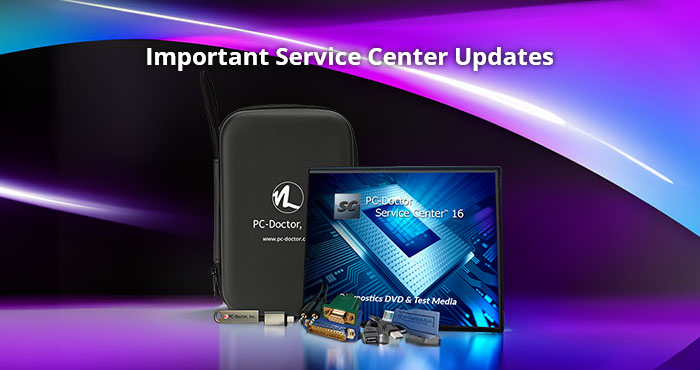
In today’s fast-paced world of electronics manufacturing, delivering high-quality products with speed and precision isn’t just a goal—it’s a necessity.
That’s why manufacturers and assemblers, as well as service centers, repair depots, and ITAD operations, around the globe rely on PC-Doctor Factory, the industry’s most trusted diagnostic solution built for high-volume production environments. From automated system validation to burn-in testing for headless units, Factory delivers the tools needed to ensure every device meets your standards—and your customers’ expectations.



